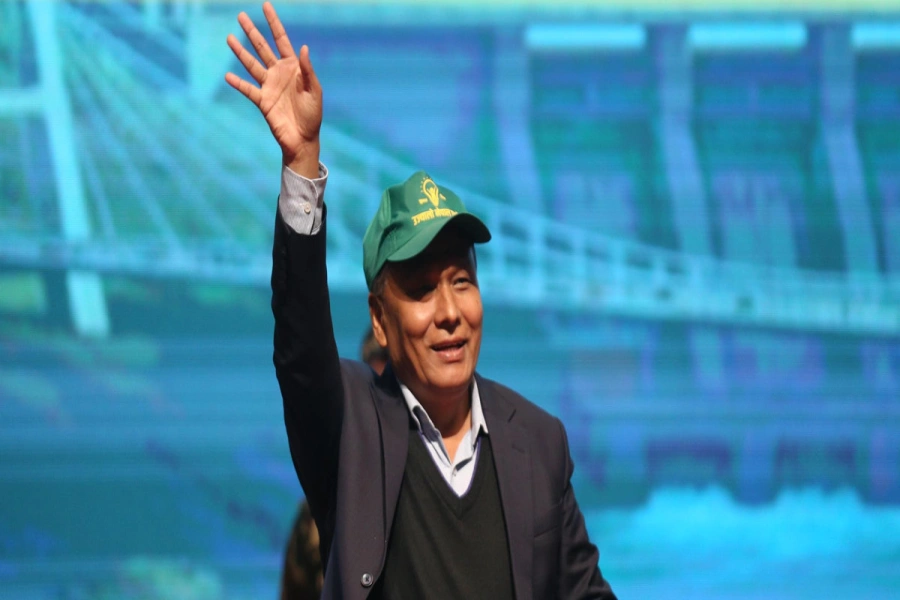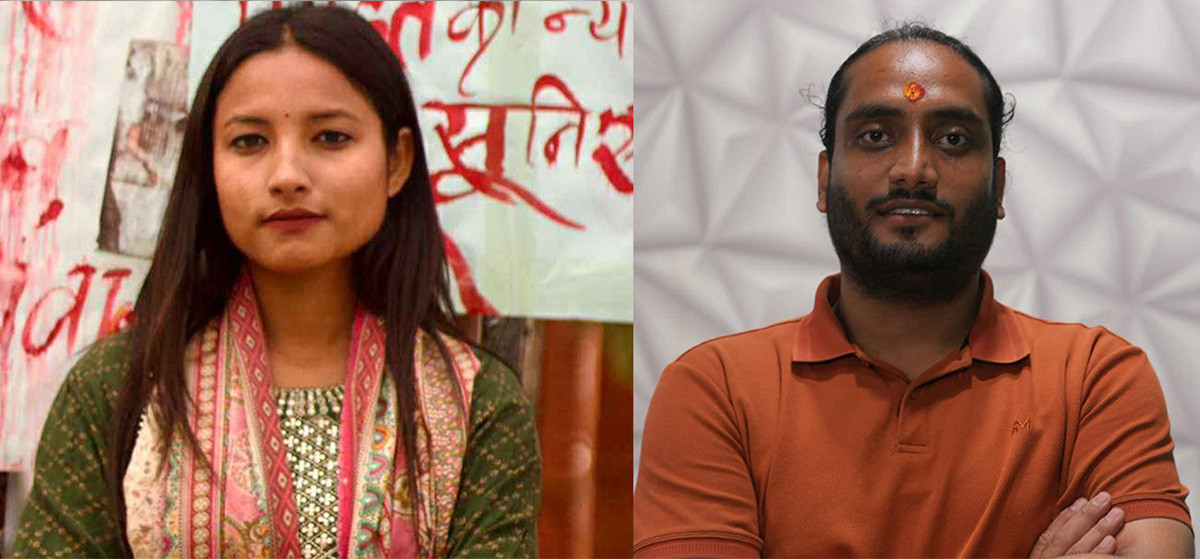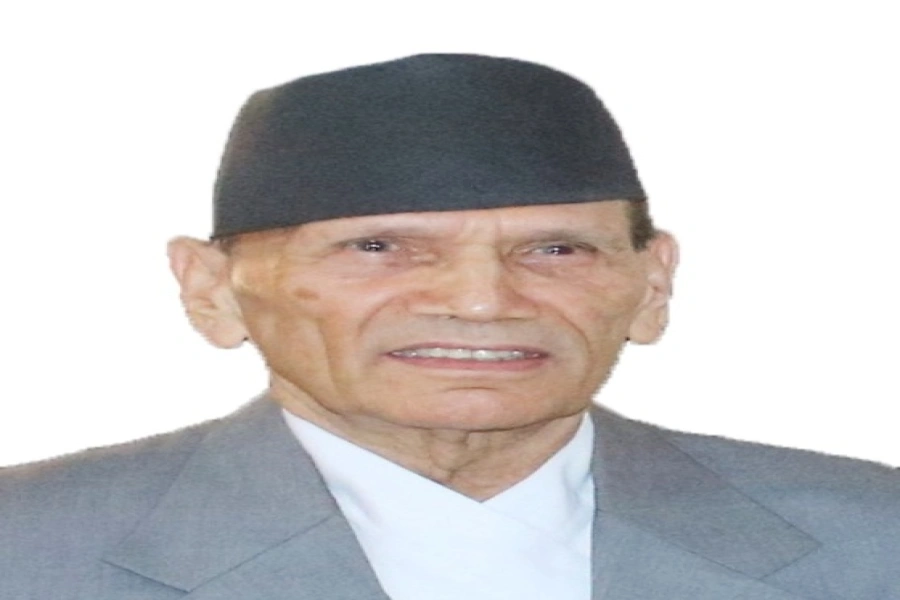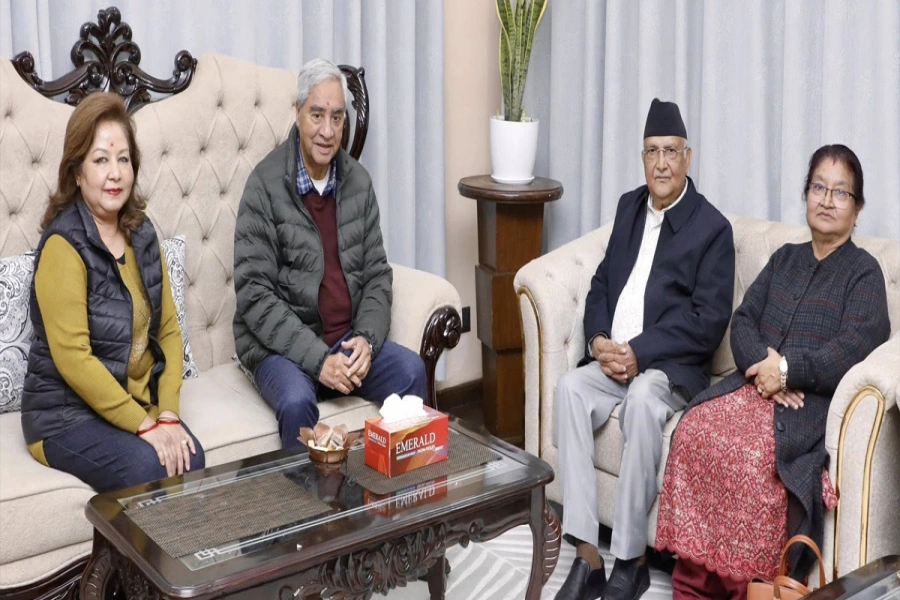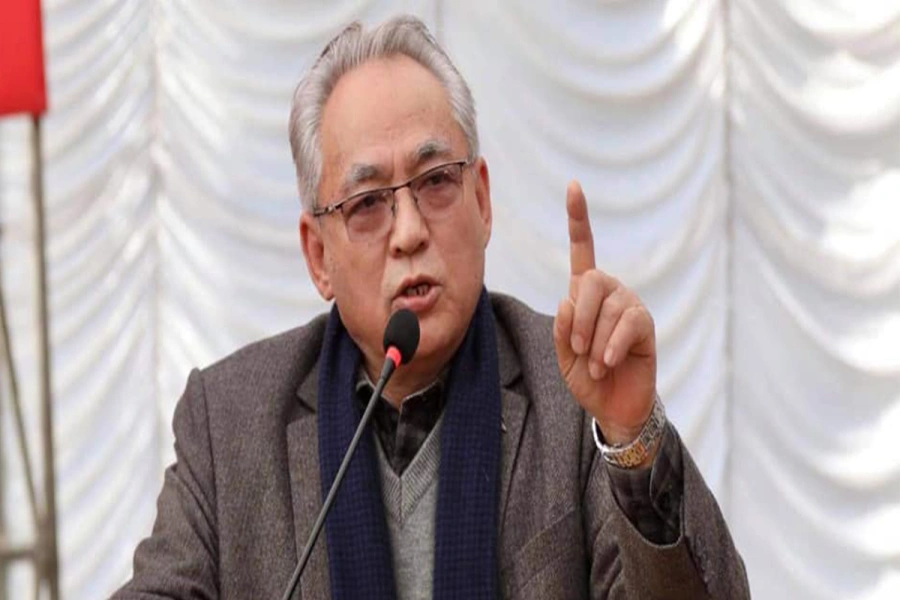When Carl Linnaeus first coined the term Homo Sapiens in the year 1758, modern humans had already shed their seemingly homogenous biological construction to reveal differences that were far too festered for common grouping. The ideological, religious and cultural leanings of different societies all over the world have been shaped with experiences and doctrines that are unique and relevant only to a particular community or a group.
Therefore, a blanket imposition of regulations to govern people as if these differences don’t come with contrasting lifestyles, needs and demands, is a big ask. As societies gravitate toward a more liberal framework and people move freely across geographical borders, the question of how different traditions blend together under one rulebook and one society, remains to be answered. But what is certain is that the cultural heterogeneity in society will give rise to a trend of representation politics that will challenge the traditional notion of liberal democracy. The definition of democracy put forth by Abraham Lincoln as the government of the people, for the people and by the people, some 150 plus years later, although inspiring, rings somewhat incomplete in its existing form. That is because what we have today in this world is not a system that is grounded on the beliefs espoused by the sentiment of that definition, but instead is a literal translation that assumes homogeneity in society.
ON REPRESENTATION
Reimagining Democracy: Why Nepal Needs Deliberative Democracy

Demographic variables like religion and culture, among various other forms of grouping, don’t come with uniform distribution. Therefore, the method of incorporating ideas through a democratic voting system like FPTP (First Past the Post), for instance, will always favor the majority and ignore those in the fringes. As of now, there are over two billion Christians in this world, over a billion followers of Islam, slightly fewer than that who can be categorized as agnostic, atheist or secular, and over a billion Hindus. But if we were to narrow it down within national borders, say for instance that of Nepal, it would tell a different story where Hindus hold the majority. Closer look within the confines of VDCs and municipalities may give a different picture. Under that circumstance, if we were to imagine a hypothetical situation where people voted based solely on religious affiliations, then the democratically elected political party or candidate on a global level perhaps wouldn’t even come second locally. This is true, not just with religion but with any other demographic variable or grouping in general. Human beings come with a combination of inherent affiliations (nationality for instance) and pledged allegiances (religion, political ideologies etc). And because these types of grouping are reflective of their identity, people tend to gravitate toward communities that have similar priorities. It also makes intuitive sense that when mixing with the greater world outside, people flock and rally behind a face or movement that appears to most likely to understand the sentiments of the group that they associate with. A research paper by Nicole S Martin that studied voting in the 2010 UK general election, suggested that the Muslim community, which was and still is a minority group in that part of the world, was likely to vote if a Muslim candidate was fielded from the Labor Party. While this is not something that can be extended, and applied across all communities, at least not without proper corroboration, it highlights one of several attempts that have been made to improve representation in a majority centric numerical democracy.
For most part, when trying to establish numerical equality among individuals by giving them one vote each, the system misses out on equity among groups, communities and ideas. While it is true that different measures have been adopted to improve representation, they, for some reason, tend to come at the expense of trading rationality with feverish chauvinism grounded on the belief that resonates with the sentiment “us against the world”. But unlike the case with FPTP, at least in a system like Proportionate Representation (PR), every vote counts, something that is reflective of the basic tenet of democracy. This is especially empowering in a society that is diverse and houses people from various cultures, traditions and religions. As a matter of fact, the parallel voting system in Nepal is quite progressive in many regards, especially considering the structure of our society and the history behind it.
Historical bias
Triandis and Suh point out that human personality is shaped by genetic and environmental influences, and one of the most important factors affecting the latter is culture. This observation is of particular interest to our country because many of the cultural differences that we now see were a result of authoritative impositions. The earliest record of caste system in Nepal can be traced back to the reign of King Jayasthiti Malla in Kathmandu Valley. As per these records, there were 64 castes that were allotted different tasks and ranks in the hierarchy. Later when Muluki Ain was enacted by the Rana regime, transgressions that blurred the division between castes were punished by law (inter caste marriage, for instance). This division of society imposed by authoritarian figures of the past, so as to maintain control and to ease administration, now several hundred years later, while adding a certain degree of cultural richness to the society, serves as one of the major causes of divisions. When for a greater portion for our history, only a select community had the chance to be educated, employed and empowered, it should come as no surprise that the ones left behind are disgruntled and now face a mammoth task to come back on equal footing.
Not only has this caste system been an impediment that prevented society from achieving a representative democracy, it has also been an unjust curtailment of the aspirations of those who have been relegated to the lower end of a make-believe hierarchy. Even as the constitution explicitly prohibits discrimination, especially the ones based on caste and creed, it appears that many of the historically disenfranchised communities are still being left behind. This is because a statement mentioned in the constitution cannot easily uproot hundreds of years of institutional discrimination that has become so enmeshed in the collective subconscious of the society.
The Civil Rights Act in America should have ended racism back in the 60s, but the problem still plagues the country. Only with an honest and empathetic effort from the citizens, can the problem of discrimination be uprooted from the society. No matter how many times you rewrite the constitution, nothing will change as long as people themselves don’t change. Legislative reforms and democratic election practices can only take the issue of representation so far, before the society needs to push it past the finish line.







